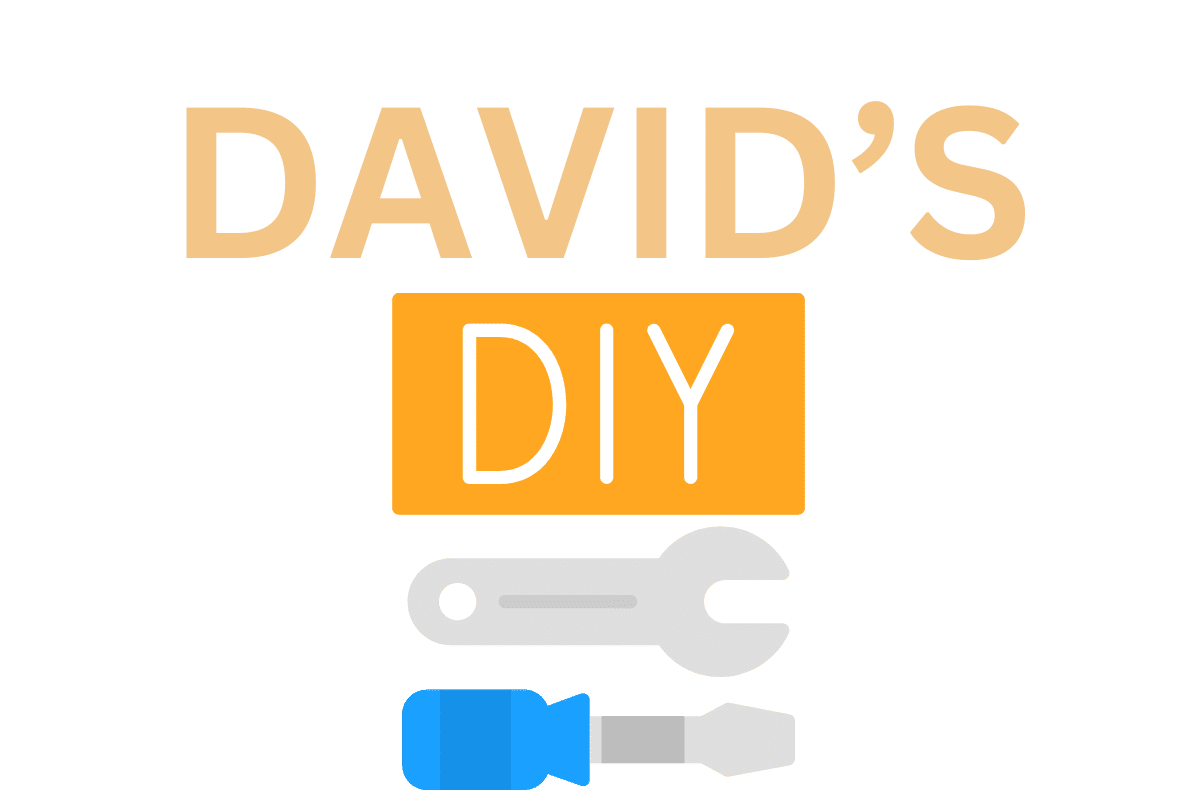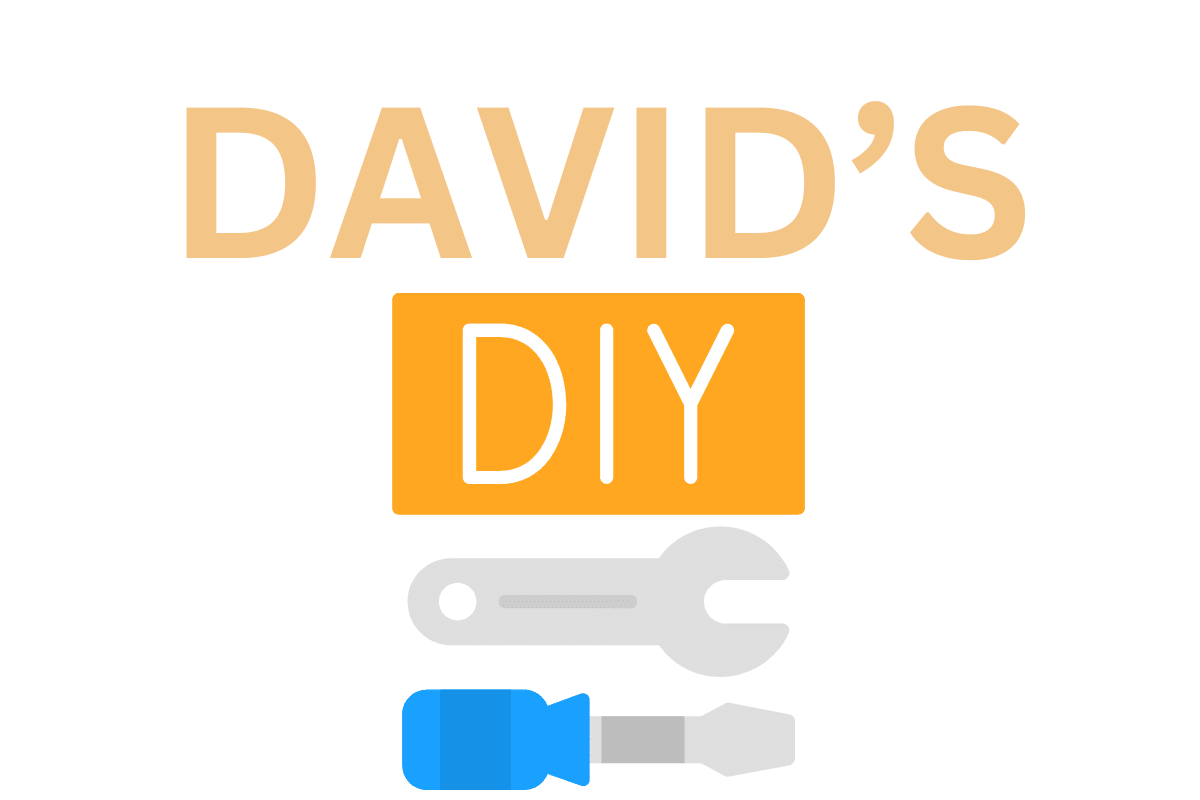The Road to a Customized Cockpit
Ahh, the open road – the wind in your hair, the thrill of the drive, and… the drab, generic dashboard staring back at you. Well, my fellow automotive enthusiasts, I’m here to tell you that it doesn’t have to be that way! Today, I’m going to walk you through the exciting process of building your very own DIY electronic dashboard for your car. Trust me, it’s easier than you might think, and the end result will have you cruising in style.
Now, I know what you’re thinking – “But I’m no techie! How on earth am I supposed to build an electronic dashboard?” Well, fear not, my friends. I’m here to hold your hand every step of the way. After all, I’m just your average car-loving, DIY-obsessed dude, and if I can do it, so can you. So buckle up, because we’re about to embark on an adventure that will transform your ride from boring to brilliant.
Understanding the Basics
Before we dive into the nitty-gritty of building our custom dashboard, let’s take a moment to understand the core components and principles at play. The foundation of any DIY electronic dashboard is a microcontroller, which is essentially a tiny computer that can be programmed to control various electronic components. In our case, we’ll be using an Arduino board, a popular and user-friendly option for hobbyists and makers alike.
The Arduino will serve as the brain of our dashboard, receiving data from various sensors and then displaying the information on a digital screen. These sensors can include everything from speedometers and tachometers to fuel level and temperature gauges. By carefully selecting and integrating these components, we’ll be able to create a fully customized dashboard that provides you with all the crucial information you need at a glance.
But wait, there’s more! One of the best things about building a DIY dashboard is the ability to incorporate additional features and functionality beyond just the basics. Imagine having a built-in GPS system, real-time traffic updates, or even a music player all integrated into your dashboard. The possibilities are truly endless, and that’s what makes this project so exciting.
Gathering the Necessary Components
Alright, now that we’ve got the conceptual side of things sorted out, let’s talk about the nitty-gritty of actually building this bad boy. The first step is to gather all the necessary components, and trust me, the list can be quite extensive. But don’t worry, I’ve got your back.
You’ll need an Arduino board, of course, as well as a compatible digital display to serve as the main interface. Depending on the features you want to include, you might also need a variety of sensors, such as a speedometer, tachometer, fuel level sensor, and temperature gauge. And don’t forget about the wiring, power supply, and any additional housings or enclosures to keep everything neatly organized and protected.
Now, I know what you’re thinking – “Woah, that’s a lot of stuff!” And you’re right, it can be a bit overwhelming at first. But don’t worry, I’ve got a secret weapon up my sleeve. David’s DIY Services offers a comprehensive DIY electronic dashboard kit that includes all the essential components, along with detailed instructions and support to guide you through the build. It’s like having a personal pit crew in your corner!
Designing Your Dashboard Layout
Alright, now that we’ve got all the necessary components, it’s time to start planning the layout of our custom dashboard. This is where the fun really begins, as you get to unleash your creativity and turn your vision into reality.
One of the best things about building a DIY dashboard is the ability to tailor it to your specific needs and preferences. Do you want a sleek, minimalist design with just the essentials? Or maybe you’re more of a tech-savvy enthusiast who wants to cram in as many features as possible? The choice is completely up to you!
As you start sketching out your design, consider the placement of each element – the speedometer, tachometer, fuel gauge, and any other sensors or displays you want to include. Think about the overall aesthetic and how the various components will flow together to create a cohesive and visually appealing dashboard.
And don’t be afraid to get a little wild with your ideas! Who says a dashboard has to be a boring, rectangular display? Why not incorporate some curved lines, interesting shapes, or even a holographic projection? The sky’s the limit when it comes to your DIY dashboard, so let your imagination run wild!
Assembling the Hardware
Alright, now that we’ve got the design sorted out, it’s time to dive into the hardware assembly. This is where the real magic happens, as we transform a collection of individual components into a fully functioning, customized dashboard.
I’ll admit, the wiring and programming aspect of this project can be a bit intimidating at first, but trust me, it’s not as daunting as it might seem. With the right guidance and a little bit of patience, you’ll be connecting sensors, powering displays, and writing code like a pro in no time.
One of the keys to success here is to take things step by step. Don’t try to tackle the entire project all at once – break it down into manageable chunks and focus on one task at a time. Start by setting up your Arduino board and getting the digital display working, then gradually add in the various sensors and other components.
And remember, you’re not alone in this journey! If you ever get stuck or need a helping hand, David’s DIY Services is always here to lend a hand. Their team of experts can provide guidance, troubleshooting support, and even custom-tailored kits to make the assembly process as smooth and painless as possible.
Bringing it All Together
Alright, the moment of truth has arrived! After all the planning, sourcing, and assembly, it’s time to put the finishing touches on our custom DIY electronic dashboard and see the final result.
As you power on your creation for the first time, I can only imagine the rush of excitement and pride you’ll feel. Watching all those sensors and displays come to life, feeding you real-time information about your vehicle’s performance – it’s like having your own personal cockpit, right at your fingertips.
But the best part is, you didn’t just buy some off-the-shelf dashboard; you built this bad boy from the ground up! Every pixel on that display, every reading from those sensors, is a testament to your hard work, creativity, and technical prowess. You, my friend, are now the proud owner of a truly one-of-a-kind automotive masterpiece.
And the journey doesn’t have to end there, either. As you get more comfortable with your DIY dashboard, you can start to experiment with new features, integrations, and customizations. Maybe you want to add in a voice-controlled assistant, or develop a custom mobile app to interface with your dashboard. The possibilities are endless, and the sense of accomplishment you’ll feel every time you hop into your car will be unparalleled.
So, what are you waiting for? Grab your tools, fire up your creativity, and let’s get started on building the ultimate DIY electronic dashboard for your ride. Trust me, it’ll be the most fun you’ve ever had under the hood. Let’s do this!

